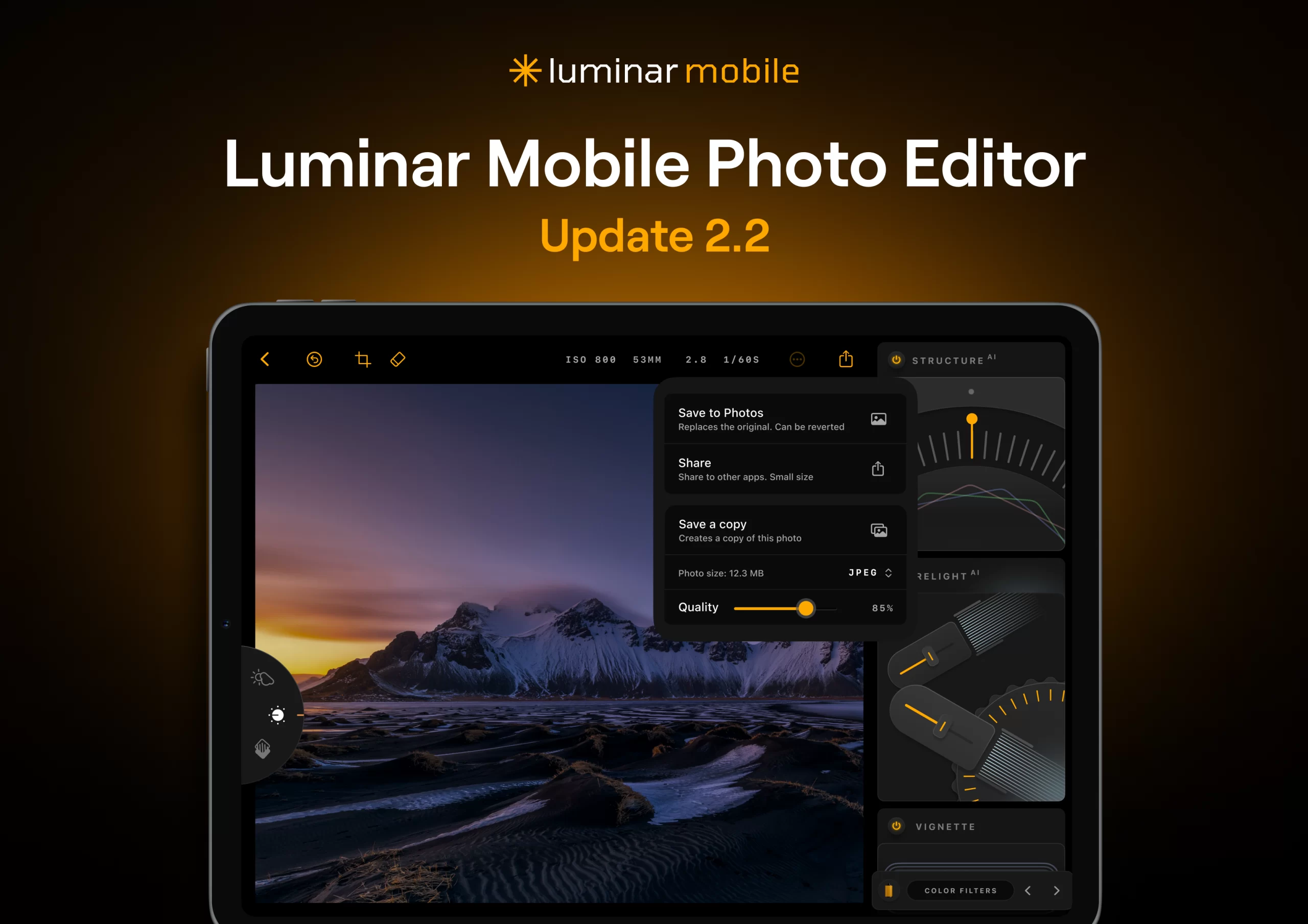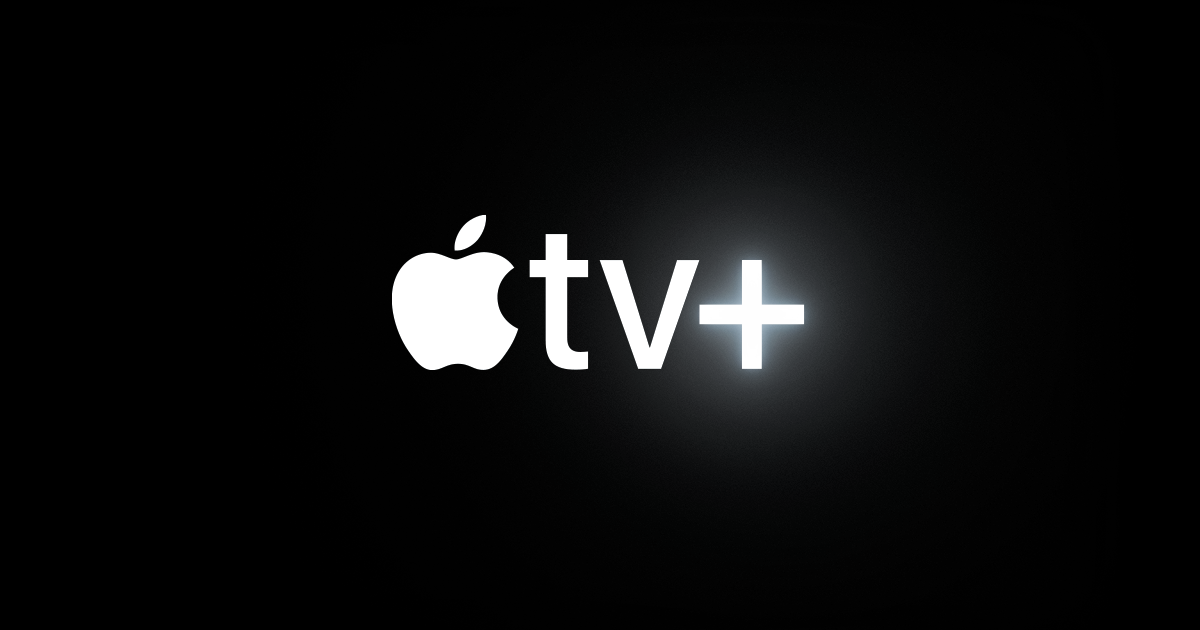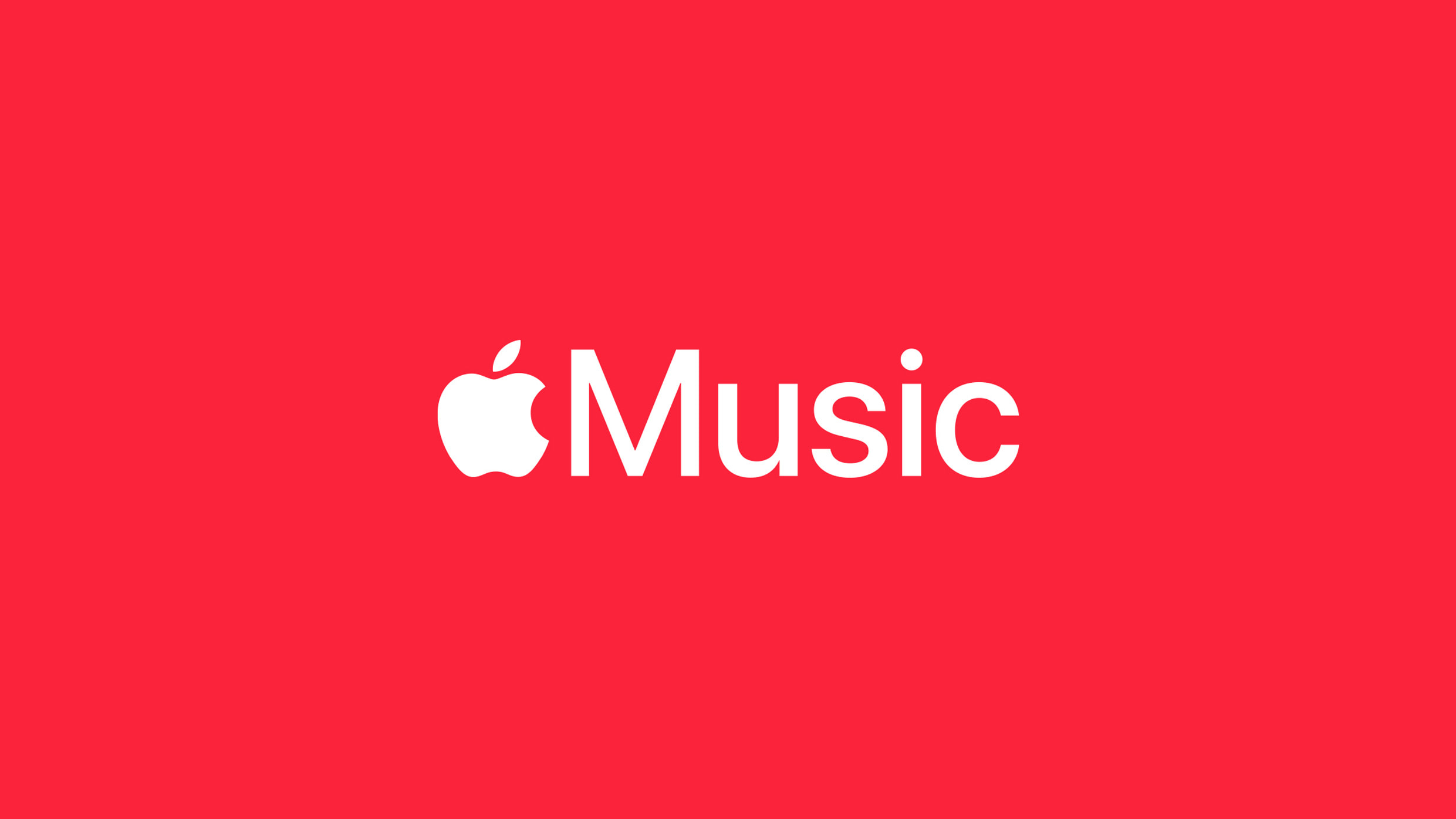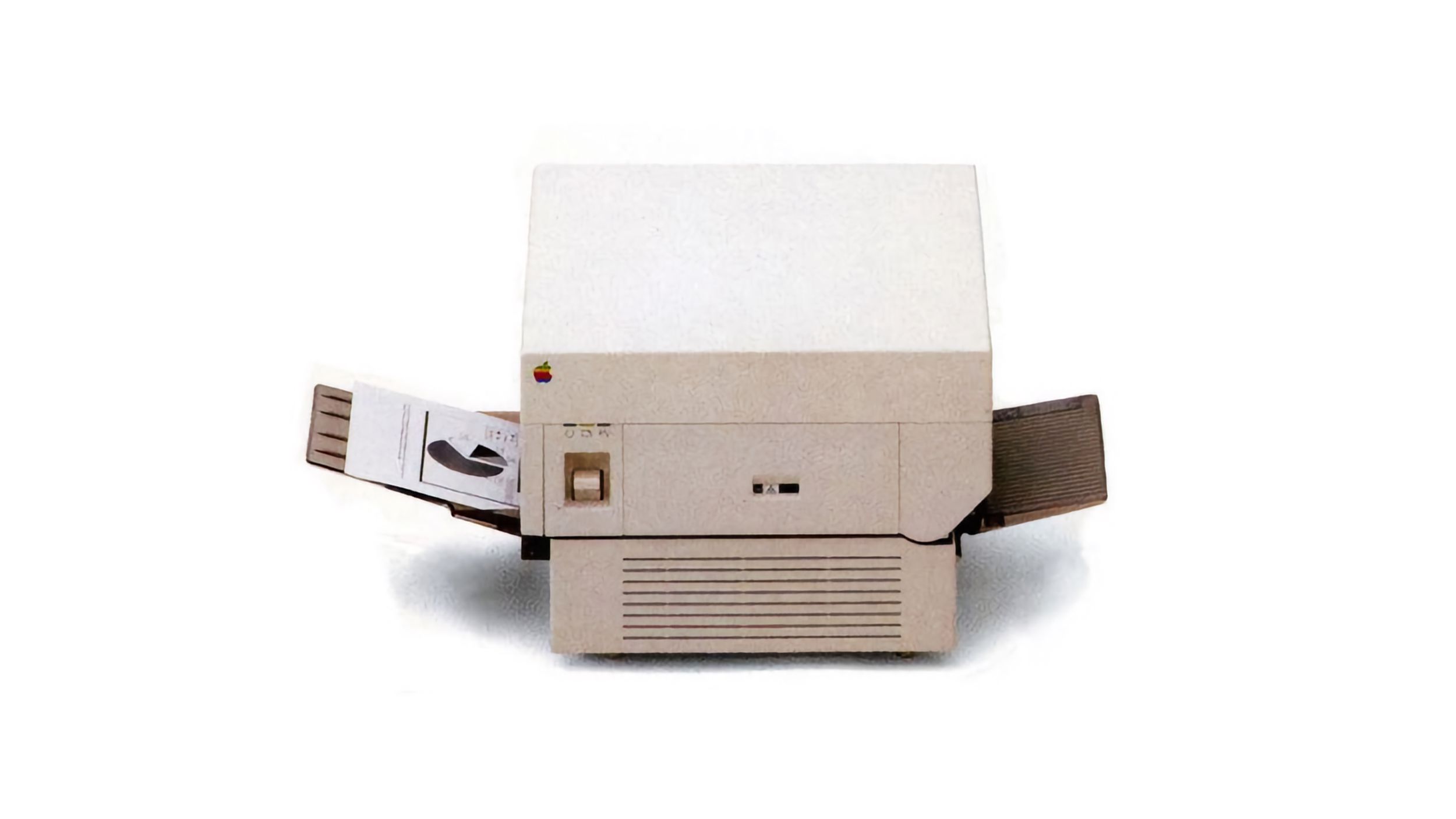Apple has recently announced that a number of car makers are still set to support the upcoming version of CarPlay in their upcoming car models. However, they didn’t specify when this would happen. Apple had earlier mentioned that this new CarPlay would be available in 2024, but that didn’t come to pass.
Apple’s statement regarding the new CarPlay is:
“The new CarPlay is designed based on our experience with the current system, offering an experience that combines the best of Apple’s technology with the car maker’s unique style. We are working closely with various car companies to help them display their brand’s unique look in the new CarPlay. Each car company will give more information as they get closer to announcing which cars will have this feature.”
Apple also reaffirmed its dedication to the existing CarPlay system, noting that it’s now in more than 98% of new cars sold in the U.S. in recent times.
Previously, Apple listed car makers like Acura, Audi, Ford, Honda, Infiniti, Jaguar, Land Rover, Lincoln, Mercedes-Benz, Nissan, Polestar, Porsche, Renault, and Volvo as partners for the new CarPlay. In late 2023, Aston Martin and Porsche showed off their versions of this new system, but they haven’t released it yet. It’s not clear which companies are currently working with Apple on this project.
This update follows closely after Apple changed its website to take out the 2024 timeline for the new CarPlay they had mentioned before. The system was first shown off by Apple at their Worldwide Developers Conference in 2022.









